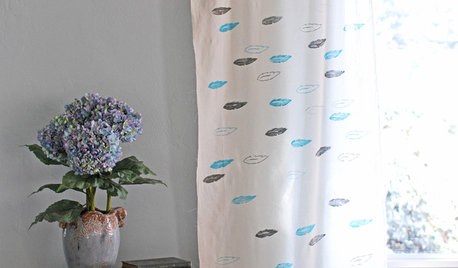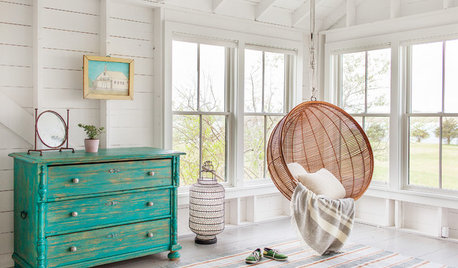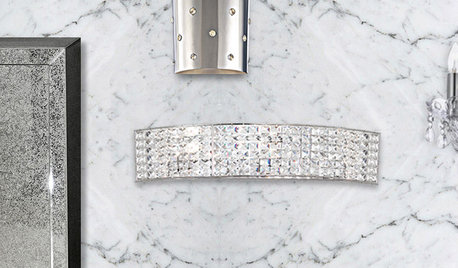When to apply milky spore
chueh
15 years ago
Related Stories

KITCHEN DESIGNGreat Material: Milky Marble
How to add a little or a lot of beautiful white marble to your kitchen, bath and more
Full Story
DECORATING PROJECTSDIY: Create a Custom-Stamped Curtain
With simple fabric and a stamp carving kit, you can make your own pattern to apply to curtains and other textiles
Full Story
VINTAGE STYLEFlea Market Find: Vintage Dressers
Think beyond the bedroom when searching for your next dresser
Full Story
GARDENING GUIDESOh, Deer! 10 Native Flowers That Stand Up to the Herds
Keeping a garden amid hungry deer can be hard, but these plants should fare well
Full Story
DECORATING GUIDESSwoonworthy Rooms: Blissing Out in a Nantucket Bedroom
This island aerie is lighter than air but grounded in expert design touches
Full Story
ARCHITECTUREDesign Workshop: Getting a Feel for Steel
Versatile and strong beyond belief, steel can create amazing expressions in homes and landscapes
Full Story
HOME TECHFacebook Meets Fido: Pet Connections for the Digital Age
Three new products let you communicate with your dog or cat while you're at work
Full Story
REMODELING GUIDES15 Ways to Design an Easy-Clean Home
Spend more time doing what you love with these pointers for minimizing cleaning needs throughout the entire house
Full Story
SHOP HOUZZHouzz Products: Bling for Your Bath
Elevate your everyday routine with luxe-looking bathroom accents like bedazzled faucets, crystal lights and holders that shine
Full Story
TILESo Many Reasons to Love Cement Tiles
You’ll notice their beautiful patterns right away, but cement tiles have less obvious advantages too
Full StoryMore Discussions








Iris GW
ken_adrian Adrian MI cold Z5
Related Professionals
Barrington Hills Landscape Architects & Landscape Designers · Harvey Landscape Architects & Landscape Designers · Beverly Hills Landscape Contractors · North Haven Landscape Contractors · Pahrump Landscape Contractors · Thornton Landscape Contractors · West Chicago Landscape Contractors · Maplewood Landscape Contractors · Quartz Hill Landscape Contractors · Levittown Siding & Exteriors · Oregon City Siding & Exteriors · South Barrington Siding & Exteriors · Huntington Decks, Patios & Outdoor Enclosures · Woodland Hills Decks, Patios & Outdoor Enclosures · Genesee Stone, Pavers & ConcretechuehOriginal Author
Thyme2dig NH Zone 5
Iris GW
Thyme2dig NH Zone 5
jimtnc